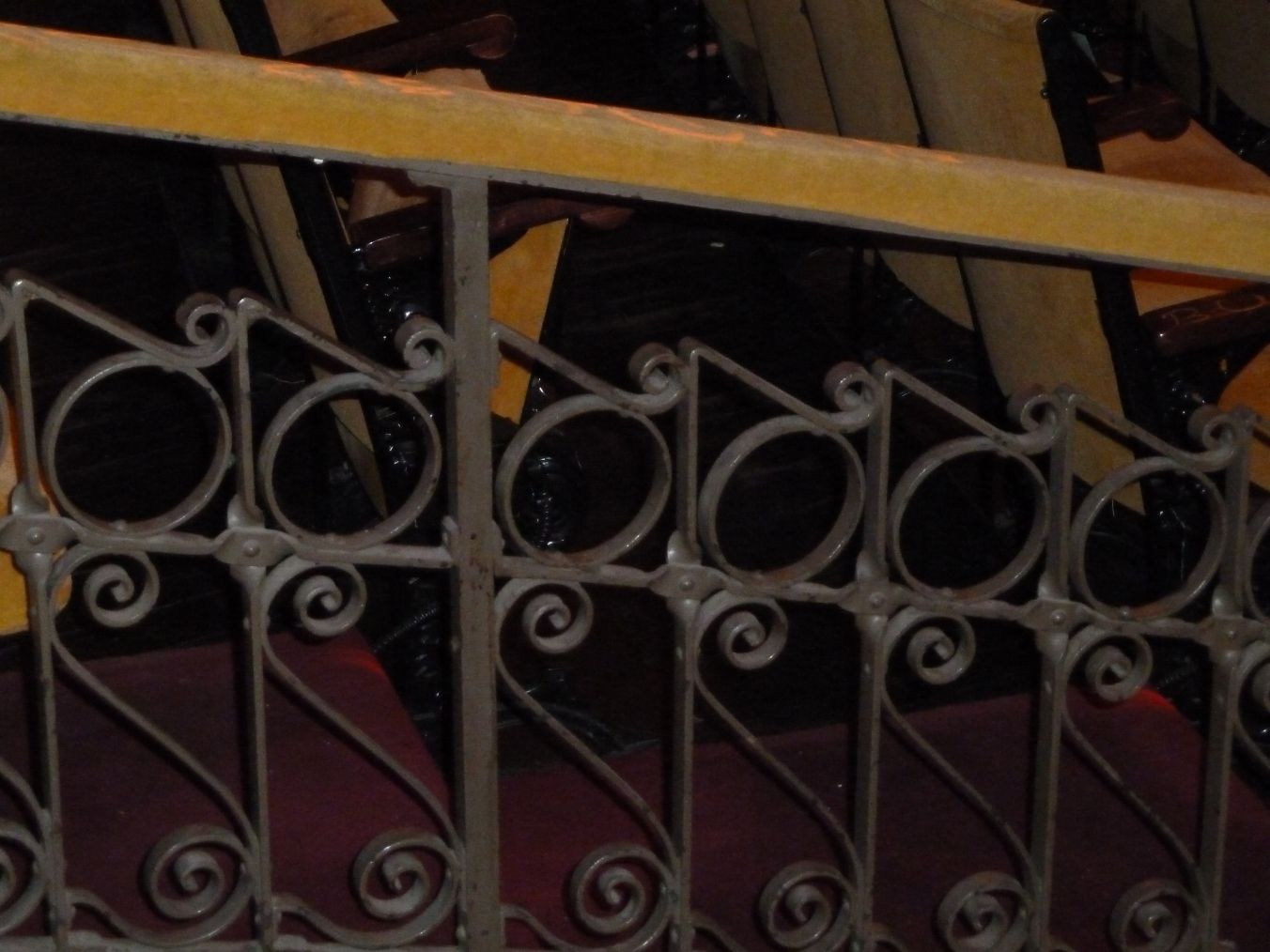In The Titans by Ron Chernow, I came across the following:
Oil was put to myriad uses during the Civil War, treating the wounds of Union soldiers and serving as a substitute for turpentine formerly supplied by the South. Even on the battlefield, the use of kerosene refined from crude oil spread, and Ulysses S. Grant often sat in his tent, drafting dispatches by the flicker of a kerosene lamp.
Wait, wait, back up. Did it really say “treating the wounds of Union soldiers”?! I assumed it must have been so, but had no proof until I stumbled across The Foxfire Book, the first volume in a series containing “a wealth of the kind of folk wisdom and values of simple living” from times of yore. In addition to tips on hog dressing and moonshining, the book offers a chapter on “Home Remedies,” where I found the following:
BLEEDING
-Place a spider web across the wound.
-Apply a poultice of spirit turpentine and brown sugar to the wound.
-Apply lamp black directly to the wound.
-Use a mixture of soot from the chimney and lard.
-If the cut is small, wet a cigarette paper and place this over it.
-Use kerosene oil, but be careful not to add too much or it will blister the skin.
-Use pine resin.
There are a variety of such “recipes” under each of the subject headings below, but from here on out I will only share the oil-based recommendations.
CHEST CONGESTION
-Make a poultice of kerosene, turpentine, and pure lard (the latter prevents blistering). Use wool cloth soaked with the mixture. Place cheescloth on chest for protection, and then add the wool poultice.
IRRITATION CAUSED BY INSECTS
BEE STINGS – Place either turpentine, chewed tobacco, tobacco juice, kerosene, or a mixture of sugar and dough on the sting. Any of these will relieve the pain and draw out the poison.
BUGS–For head lice (cooties), shingle hair close and use kerosene.
INFLAMMATION
-To kill infection, pour some turpentine or kerosene mixed with sugar on the affected area.
NAIL PUNCTURE
-Put some old wool rags into an old tin can, pour kerosene over the rags and light. Then smoke the wound.
-Pour kerosene oil over the cut, or soak it in same three times a day. This will also remove the soreness.
SORE THROAT
-Make a poultice of kerosene, turpentine, and pure lard (to prevent blistering), and place this on your neck. In five minutes you will be able to taste the kerosene in your throat, and the cure will have begun. Then take two or three drops of kerosene oil in a spoon with a pinch of sugar and swallow this to complete the treatment.
-Put a drop of kerosene on a lump of sugar and eat it.
In an opening paragraph of “Home Remedies,” the authors write: “Some of the remedies undoubtedly worked; some of them probably were useless; some of them–and for this reason we advise you to experiment with extreme care–were perhaps even fatal.” With such a caveat, I include this advice on curing spider bites: “If bittem by a black widow spider, drink liquor heavily from 3 p.m. to 7 p.m. You won’t get drunk, you’ll be healed.”

